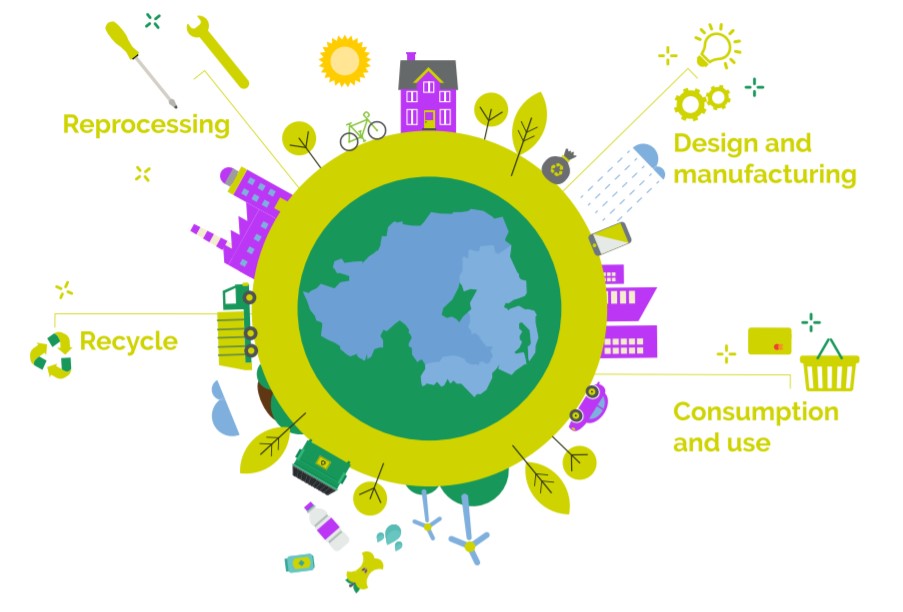Reducing Waste Supporting a Circular Economy
28 March 2022

- Extended Producer Responsibility (EPR) to make producers pay 100% of the disposal of products, starting with plastic packaging
- Deposit Return Scheme (DRS) for single use drinks containers
- Banning certain single use plastics
- Electronic waste tracking to monitor waste movements to help tackle fly-tipping and waste crime
- The “near” elimination of landfilling bio-degradable waste by 2028
- Reducing landfilling of residual waste to 10% by 2035